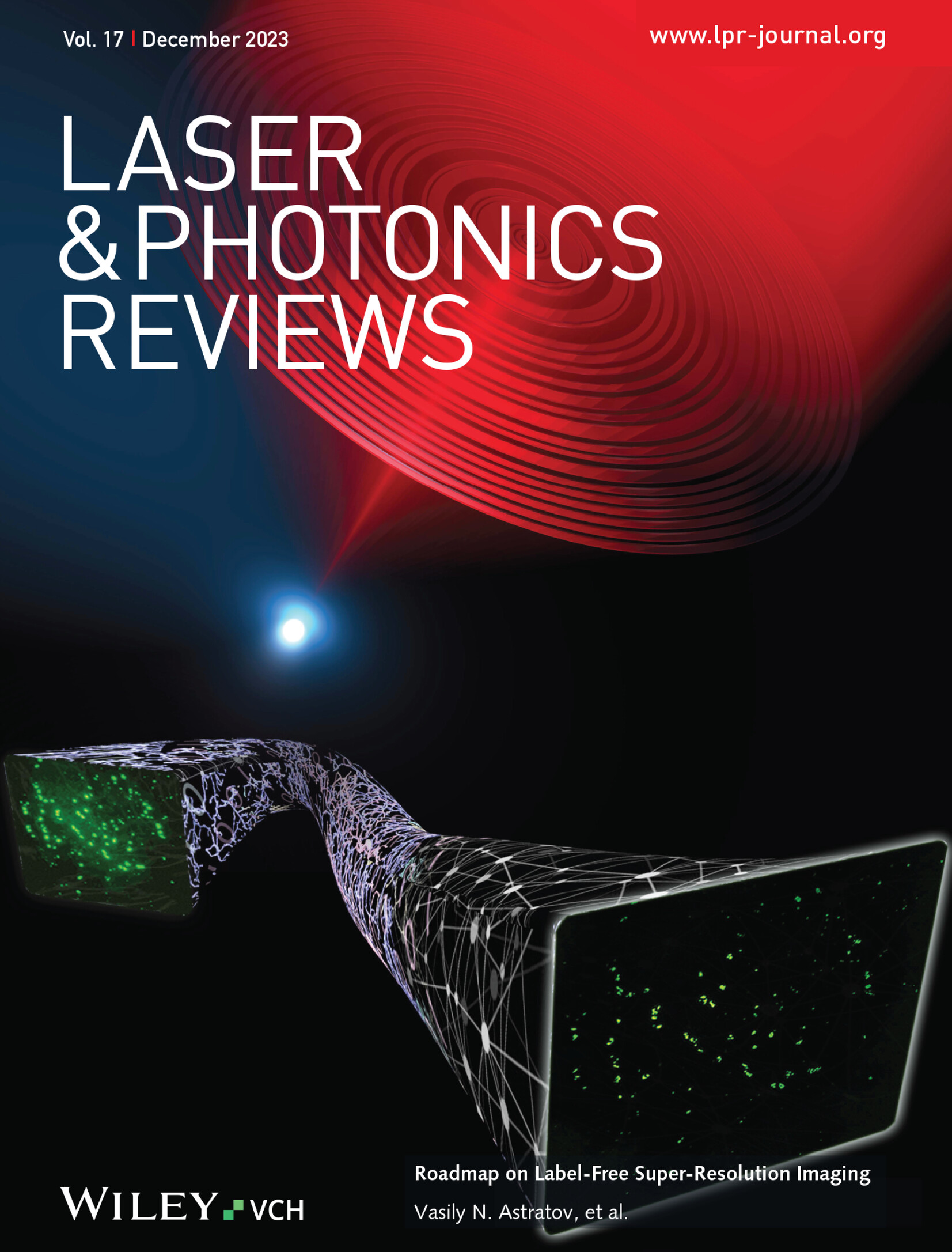将共振质子弓形纳米天线应用于细胞外囊泡和纳米颗粒的光助扩散捕获
IF 9.8
1区 物理与天体物理
Q1 OPTICS
引用次数: 0
摘要
利用局部表面等离子体共振(LSPR)的等离子体天线为在低功率水平下有效捕获纳米级粒子提供了重要前提。然而,金属纳米粒子产生的光热效应阻碍了它们的有效性,导致被捕获粒子的稳定性降低。为了解决这一局限性,我们提出了一种混合方法,利用热诱导浓度梯度,将等离子结构固有的耗竭吸引和光热效应结合起来。通过对等离子热点周围的聚乙二醇(PEG)分子进行热致损耗,可产生尖锐的浓度梯度,通过与扩散力的协同效应实现纳米粒子的精确定位。我们的实验成功证明了捕获和动态操纵细胞外小泡和 100 纳米聚苯乙烯珠的能力,展示了该平台在纳米级组装方面的潜力。值得注意的是,这种方法即使在激光功率为.的情况下也能保持稳定的捕获性能。 小细胞外囊泡的稳定捕获展示了该平台与生物物种的兼容性。这项研究为精确、高效地操纵纳米级粒子开辟了一条前景广阔的途径,对纳米技术、生物物理学和纳米医学具有广泛的影响。这项研究为推动纳米级粒子的研究和应用开辟了新的机遇,开创了纳米级操纵技术的新时代。本文章由计算机程序翻译,如有差异,请以英文原文为准。
Application of Resonant Plasmonic Bowtie Nanoantennas for Optically‐Assisted Diffusiophoretic Trapping of Extracellular Vesicles and Nanoparticles
Plasmonic antennas leveraging localized surface plasmon resonances (LSPR) hold a significant premise for efficiently trapping nanoscale particles at low power levels. However, their effectiveness is hindered by photothermal effects that arise with metallic nanoparticles, leading to decreased stability of trapped particles. To address this limitation, a hybrid approach that combines depletion attraction and photothermal effects inherent in plasmonic structures is proposed, capitalizing on thermally induced concentration gradients. Through the thermophoretic depletion of polyethylene glycol (PEG) molecules around plasmonic hotspots, sharp concentration gradients are created, enabling precise localization of nanoscopic particles through a synergistic effect with diffusiophoretic forces. Our experiments successfully demonstrate the ability to trap and dynamically manipulate small extracellular vesicles and 100 nm polystyrene beads, showcasing the platform's potential for assembly at the nanoscale. Remarkably, this method maintains stable trapping performance even at a laser power of . The demonstration of stable trapping of small extracellular vesicles showcases the compatibility of this platform with bio species. This study introduces a promising avenue for the precise and efficient manipulation of nanoscale particles, with wide‐ranging implications in nanotechnology, biophysics, and nanomedicine. This research opens new opportunities for advancing nanoscale particle studies and applications, ushering in a new era of nanoscale manipulation techniques.
求助全文
通过发布文献求助,成功后即可免费获取论文全文。
去求助
来源期刊
CiteScore
14.20
自引率
5.50%
发文量
314
审稿时长
2 months
期刊介绍:
Laser & Photonics Reviews is a reputable journal that publishes high-quality Reviews, original Research Articles, and Perspectives in the field of photonics and optics. It covers both theoretical and experimental aspects, including recent groundbreaking research, specific advancements, and innovative applications.
As evidence of its impact and recognition, Laser & Photonics Reviews boasts a remarkable 2022 Impact Factor of 11.0, according to the Journal Citation Reports from Clarivate Analytics (2023). Moreover, it holds impressive rankings in the InCites Journal Citation Reports: in 2021, it was ranked 6th out of 101 in the field of Optics, 15th out of 161 in Applied Physics, and 12th out of 69 in Condensed Matter Physics.
The journal uses the ISSN numbers 1863-8880 for print and 1863-8899 for online publications.

 求助内容:
求助内容: 应助结果提醒方式:
应助结果提醒方式:


